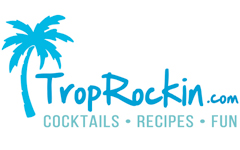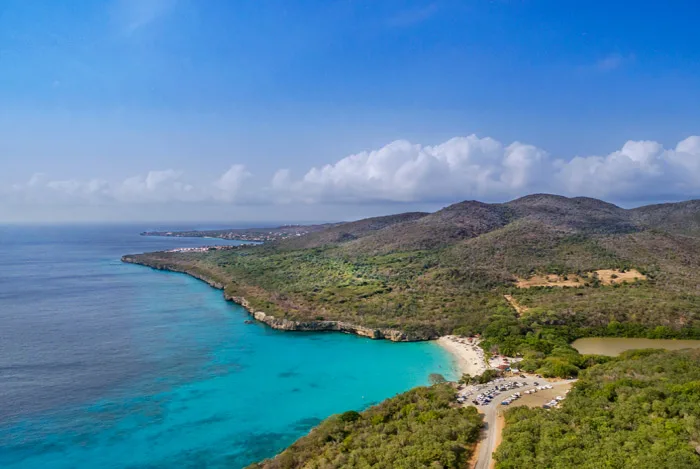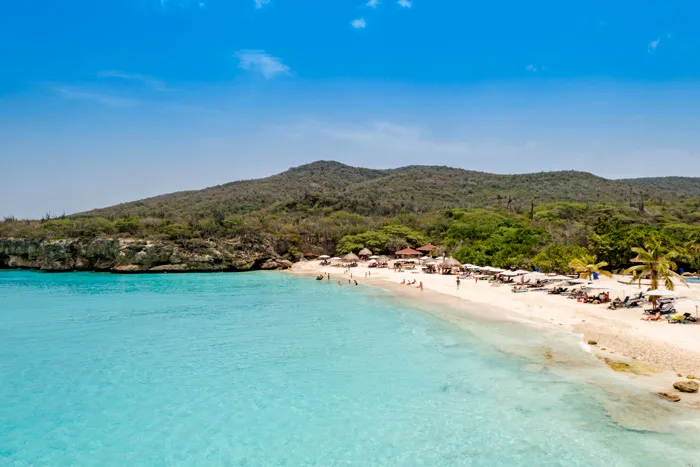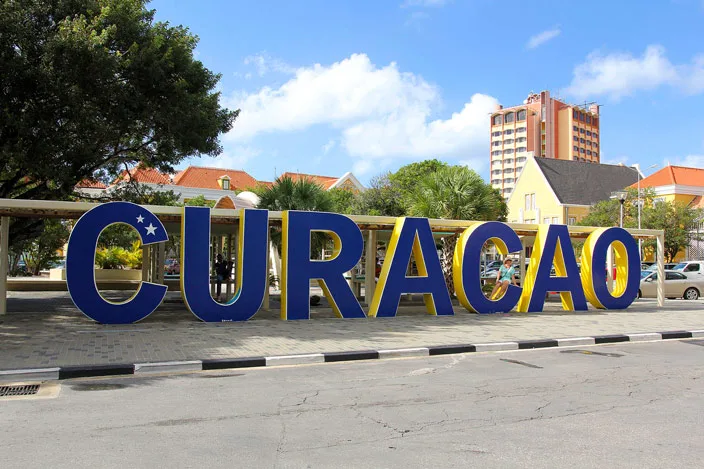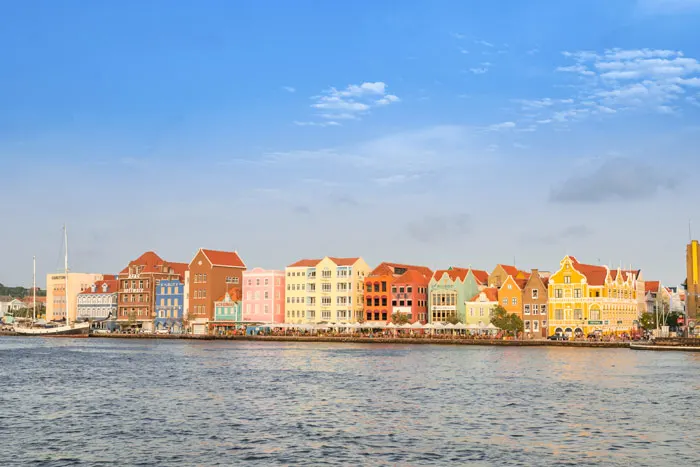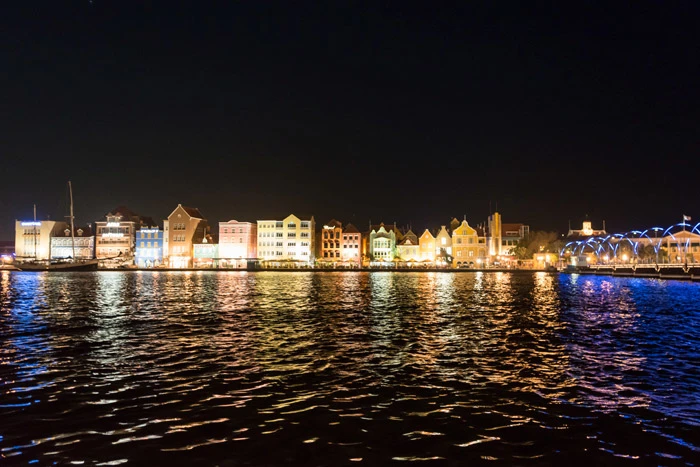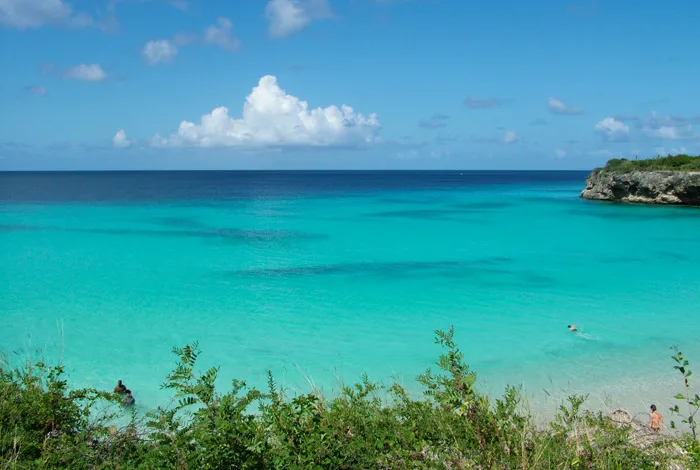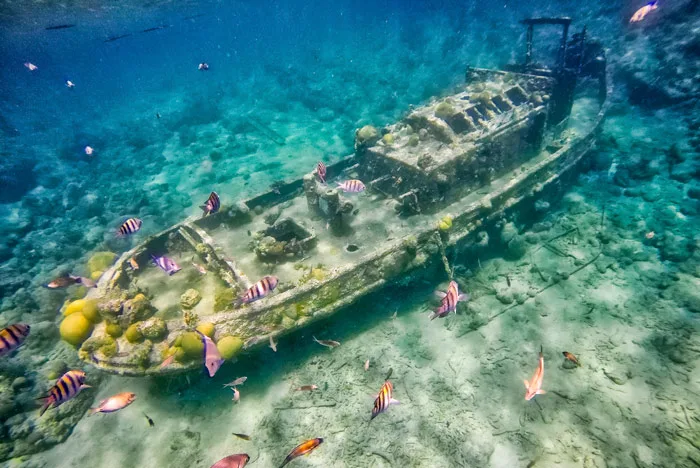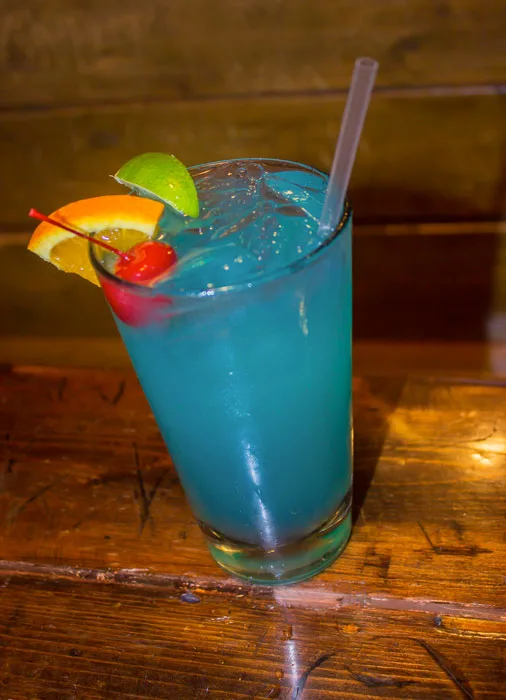Curacao Travel Guide
Guest post by Travel By Georgia.
Suppose we told you there was a Caribbean island with crystal clear water, unspoiled beaches, an abundance of snorkeling, international cuisine, a laid back atmosphere and – best of all – more affordable than other well known tourist-friendly destinations. Would you be interested in going? Bon bini a Curaçao!
One of the so called “ABC Islands”, along with its more raucous and party-friendly cousin, Aruba, and the dive mecca of Bonaire, Curaçao has everything you could want in a quiet and scenic Caribbean vacation.
Sitting in the Southern Caribbean about 40 miles north of Venezuela, Curaçao actually consists of two bodies of land – the main island, home to around 160,000 full time residents, and the uninhabited Klein Curaçao, or “little Curaçao.”
Combined, they cover just over 170 square miles, only slightly larger than the city of New Orleans. The island’s capital is Willemstad. Split into two distinct parts, Punda and Otrabanda, each will take you about half a day to fully cover.
The older part of the city, Punda, has a number of historical buildings, including Fort Amsterdam, which was built in the 1700’s. If you tour Fort Amsterdam, be sure to keep an eye out for the cannon ball reportedly fired by Captain Bligh in the 1700’s that still sits embedded in one of the walls.
Just across the harbor and reachable via water taxi or on foot across the floating Queen Emma Bridge, is the more contemporary Otrabanda (“the other side”).
Here you’ll find one of the most photographed places in Curaçao, the Handelskade, a row of brightly colored Dutch Colonial buildings arranged side by side along the waterfront. Lit up by lights, at night they exude a fairy tale feeling that could have you thinking you had wandered onto a Disney set.
Both Punda and Otrabanda feature plenty of shopping and dining choices, with a number of bars, restaurants, and side walk cafes that offer a great view of maritime traffic, including sailboats making the short hop from Venezuela to sell fresh fish at the Floating Market.
One place where Curaçao differs from other Caribbean islands is in the landscape – often described as more Southwestern US than a tropical island. A generally dry weather pattern throughout most of the year results in more arid vegetation with scrublands, cacti, and the ubiquitous Watapana tree (known as Divi Divi on Aruba).
The lack of rain also means less runoff from shore, one reason for the amazing clarity of the water. One of its most stunning features of Curaçao is the “Blue Edge”, where the sea floor drops steeply within 200 feet of the shore, resulting in a drastic color change visible from beach.
Curaçao may have gotten its name from Portugese sailors in the 16th and 17th century. Reportedly, seamen who got sick on voyages in the area would get left on the island to recuperate. When their ships returned, the sailors would be back in good health, possibly the result of having spent their time eating fruit filled with Vitamin C. Their shipmates began calling it “The Island of Healing,” or in Portugese, “Ilha da Curaçao.”
Another historical explanation is that the island takes its name from the Portugese word for “heart,” coracao – derived from the fact that it was the center of Lesser Antilles trade at the time.
But, regardless of how it got its name, this former Dutch colony is a highly recommended travel destination if you’re looking for tranquil beaches and an abundance of snorkeling opportunities.
Travel Tip: “Off peak” season in Curaçao is from May to November, when you’ll find the lowest rates for airfare and hotels.
Curaçao Weather:
Because of it’s proximity to the equator, Curaçao’s average temperature is in the mid-80s all year round with sunny skies even when other Caribbean islands experience their rainy months. As an added bonus, Curaçao is usually not affected by hurricane season.
Curaçao Things to Do:
The reason most people come to Curaçao? To get wet. The island has no shortage of beautiful beaches and exotic fish among the reefs.
But, with Curaçao’s unique landscape and a number of historical landmarks (the historical center of Willemstad is a UNESCO World Heritage site), the island offers plenty to do for visitors who are looking for more than just sun and fun.
Curaçao features an abundance of natural beauty, from rocky coast lines to sandy beaches and quiet sheltered coves. Getting around is easy. There’s only one main road. When we asked the guy behind the rental counter for a map, he just said “follow the road.” So we did!
Beaches: Playa Kenepa is possibly the most popular beach with locals and has the least amount of tourists. If you’re looking to get away from crowds, this is the beach for you. A free public beach, beautiful views but lacking some amenities. Bring your own snacks and drinks.
Cas Abo offers great water sports. Kayaking, snorkeling and diving. Also, the perfect spot to lounge and sip on tropical drinks for the on-site bar.
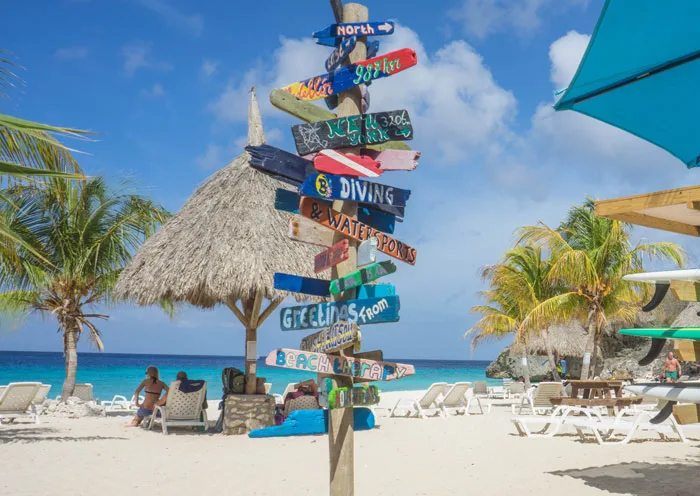
Snorkeling: Snorkeling is one of the primary reasons people come to Curaçao. While some of the best spots – like Playa Kalki and “Little Knip” Beach require a good map and a short hike from the closest parking. What’s a little leg work when the prize is a chance to wade in and float lazily above colorful coral formations while watching tropical marine life go about their fishy endeavors just off shore?
There are also a number of snorkeling boat tours that will take you to harder to reach places like Tugboat.
Hato Caves: Located on the northern coast, the Hato Caves feature lights, walkways and guided tours. Cave drawings from early settlers and several bat species can be seen at Hato. Open daily 8:30 am-4 pm. Tours are on the hour.
Sea Aquarium: Just east of Willemstad the Curaçao Sea Aquarium is known for one of the most complete collections of Caribbean fish in the world. Feed sharks, interact with stingrays, swim with dolphins or – for the really adventurous – you can climb aboard the Substation Curaçao and for a deep water submarine tour.
Distillery Tour: Curaçao Liquer Distillery is home of the “Original and Authentic Blue Curaçao.” Made from the islands signature Lahara orange. Self guided tours, with samples. No entrance fee.
Curaçao Where to Eat:
Curaçao boasts an abundance of restaurants for every taste and budget, from small water-side shacks selling fresh fish, to fine dining.
Local cuisine reflects the island’s Dutch heritage, combined with Indonesian and other Caribbean flavors. Typical Curaçaon dishes include Pika Hassa (made with red Snapper – considered by some to be the national dish of Curaçao), Keshi Yena (Gouda cheese stuffed with meat or fish) and Ayaka (meat “tamales” wrapped in banana leaves). For the more adventurous, Iguana Stew is another local favorite.
You can’t leave the island without having at least one drink made with the orange-based liqueur they’re famous for, Blue Curaçao.
Koraal Curaçao: Come for the food, stay for the view. Koraal Curaco is a relaxed waterside eatery serving Caribbean fare and tapas. Voted 2016’s “Best Restaurant” by Trip Advisor. Vegetarian options. Great place to watch the sunset.
Fishalicious: Located on the Punda side of the St. Anna Bay is the restaurant Fishalicious. As you’d expect by the name, one of the top seafood restaurants on the island, including fresh lobster, Swordfish, sashimi and local dishes. Also one of the pricier restaurants in town.
Playa Forti: Casual eating spot on the Northwest side of the island, near the village of Westpunt (you’ll need to rent a car or hire a taxi to get you there) with spectacular water views from its elevated patio. Mixed reviews from assorted travel sites but we had a great meal when we went. More adventurous diners can “cliff dive” into the water below.
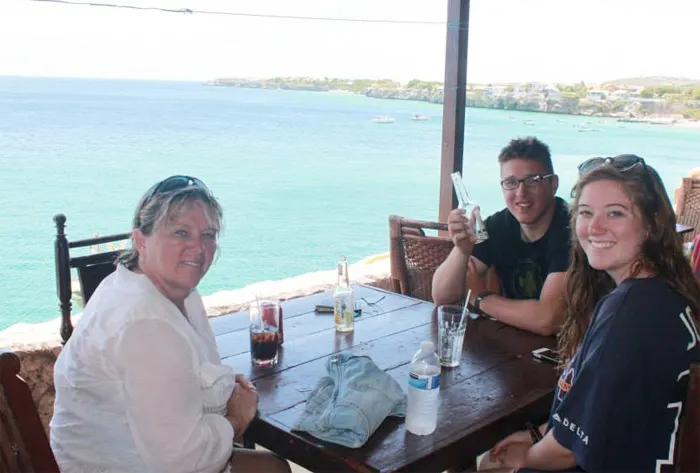
Curaçao Where to Stay:
Renaissance Curacao Resort & Casino: Located just a short walk to town and close to the cruise ship terminal, this resort is where you want to be if you’re looking to be close to more action. Unique infinity edge sandy beach, plenty of slot machines and balconies with sunset views.
Lions Dive Beach Resort: Protected beach area and extremely large swimming pool provides plenty of space for play in the water. Plenty of water sports activities, restaurant and club next door and a free shuttle to downtown. The full kitchen and large balconies are excellent.
Sunscape Curacao Resort Spa & Casino: The beach is calm and relaxing at the Sunscape. Several onsite restaurants to choose from as well as the daily buffet. The Italian as well as the Japanese restaurant are a treat. Excellent choice for a budget vacation.
Start getting your travel dates together, you deserve to see Curacao for yourself!
Like what you see? If you’d like more info on visiting this destination, or anywhere else in the world, call me today at (404) 642-4749 or email me at [email protected]. Leave a comment or send an email and let me know what places you’d like to see in a future edition of my travel series! Come by my website anytime for the latest travel deals: Travel By Georgia
Save it for later, Pin it!
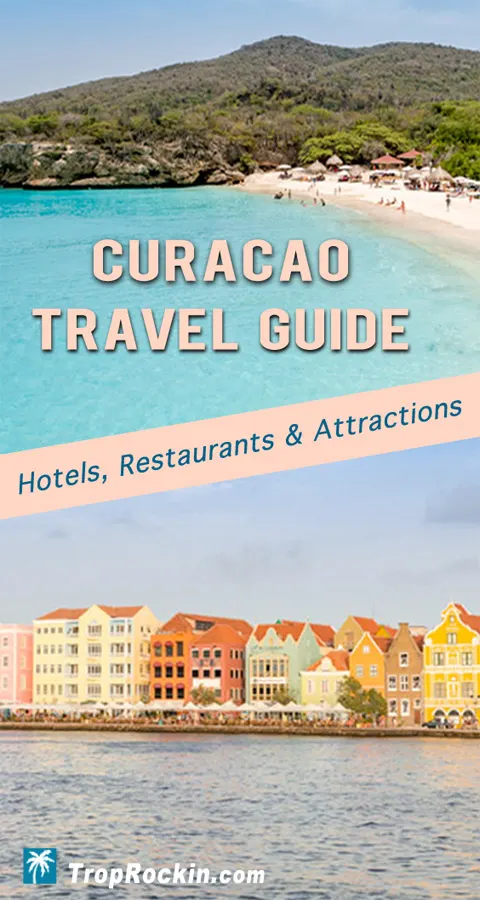
I live in Port Aransas, Texas and love all things Parrot Head and Trop Rock. I enjoy interviewing Trop Rock artists, attending events and always look forward to seeing Trop Rock friends from around the nation! Author of the Trop Rock lyric infused cozy mystery book "Schooled for Murder." Check out my website at www.CindyMuir.com
